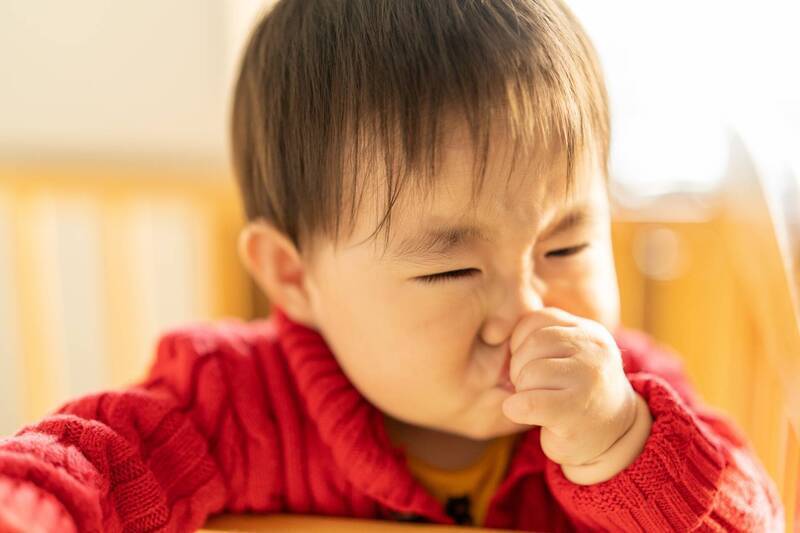A 2-year-old girl went to the doctor for vomiting 7 times at home, and was diagnosed with norovirus by the doctor, and convulsed twice before and after treatment; the picture shows the situation.
(The picture is taken from photoAC)
[Health Channel/Comprehensive Report] A 2-year-old girl went to the doctor for vomiting 7 times at home. The doctor diagnosed it as norovirus.
She had convulsions while waiting for treatment in the emergency room, and was in stable condition after emergency medical treatment. However, 3 hours later, when she was staying in the observation room for treatment, she convulsed for the second time. The medical staff immediately made emergency treatment and arranged for hospitalization .
"Norovirus really shouldn't be underestimated!" Wu Changteng, an attending pediatric emergency physician at Linkou Chang Gung Hospital, posted on the Facebook page "543-Wu Changteng Physician for Pediatric Emergency", pointing out that viral gastroenteritis, especially norovirus infection, It is really possible to have convulsions, and for a while, because norovirus is spreading in the community, there are indeed more cases of viral gastroenteritis.
Some small patients are obviously dehydrated, so when they need an injection in the emergency department, the nurses have to spend a lot of effort to put the drip on.
Please read on...
Wu Changteng said that in real human life, norovirus is the main pathogen that causes the spread of acute gastroenteritis in humans.
In August 2002, the 8th International Virus Nomenclature Committee officially named this type of gastroenteritis virus as norovirus.
Classified as Caliciviridae, it is a non-enveloped, single-stranded positive-sense RNA virus that is highly infectious.
Wu Changteng explained that the infectious dose of norovirus is 18-2800 virus particles, so as long as a small amount of virus particles can infect many people.
In addition, the route of infection is "fecal-oral contact", and the patient can shed norovirus during the incubation period, and the peak of detoxification is 2-5 days after the onset of the disease.
Therefore, norovirus infection clusters are prone to occur in schools, kindergarten institutions, restaurants and other crowd gathering places.
In terms of clinical symptoms, vomiting and diarrhea are the most common. A study found that diarrhea is more common in adults infected with the virus, and children are more prone to vomiting than adults.
Wu Changteng pointed out that according to a study done by the Pediatric Emergency Department of Linkou Changgung Hospital, it was found that 1444 cases of norovirus gastroenteritis were confirmed by the laboratory, of which 108 (7.48%) children had norovirus gastroenteritis and seizures. Most of the spasms in these patients occur in the form of generalized grand mal seizures.
In addition, their spasms were more concentrated, longer in duration, and shorter in recurrence.
Therefore, early identification and timely treatment are still very important, and clinicians and parents still need to pay attention.
More famous doctors give lectures column〉More related articles〉
☆Health news will never be missed, click like to follow the fan page.
☆For more important medical news, please go to Liberty Health.com.
keywords
Vomit
Norovirus
diarrhea
spasm
viral gastroenteritis
Gastrointestinal health
related news
